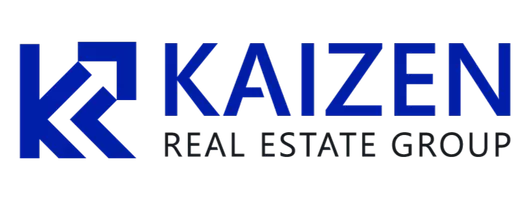Blend narrows losses in Q2, accelerates path to profitability in 2024
Mortgage tech firm Blend Labs narrowed its financial losses in the second quarter on the strength of its platform business as well as cost-cutting measures.
Blend, whose white-label software processes billions in mortgage transactions for lenders, reaffirmed its goal of reaching profitability by 2024.
The San Francisco, California-based company reported a non-GAAP net loss of $22.7 million in the second quarter, compared to $35.6 million in Q1 and $45.1 million in Q2 2022. The company’s GAAP net loss in Q2 was $41.5 million, down from a GAAP net loss of $66.2 million in the previous quarter, according to the documents filed with the Securities and Exchange Commission (SEC) on Wednesday.
Nima Ghamsari, head of Blend, said Q2 results exceeded expectations for the second quarter in a row largely driven by its resilient customer base.
“We’re driving adoption and utilization growth of our value-add features, maintaining strong retention, and growing mortgage market share – all while continuing to set the foundation for our next-generation mortgage products on our Blend Builder platform,” Ghamsari told analysts.
The company posted $42.8 million in revenues in Q2, above the guidance provided by executives of between $39.5 million and $41 million.
Blend Builder — a cloud banking platform designed to help businesses in the financial services industry streamline processes for mortgages, loans, deposits and accounts – is a “key driver of the company’s growth strategy,” Ghamsari noted.
Blend’s platform segment — which includes the mortgage suite, consumer banking suite and professional services under the changed reporting structure — came in at $30.3 million in revenues. The Title 365 segment revenue posted $12.5 million.
The mortgage banking suite revenue declined by 17% year-over-year to $22.3 million, performing better than a 37% mortgage market volume decline over the same period as reported by the Mortgage Bankers Association (MBA), the company said.
Blend’s white-label technology powers mortgage applications on the websites of major lenders such as Wells Fargo and U.S. Bank. With client’s increases in adoption of add-on products and renewals, mortgage suite revenue per transaction increased from $77 to $93 from the same period in 2022.
Add-on products released in Q2 include a soft credit inquiry function for lenders that would save them about $50 per file. The company previously noted that lenders that adopted soft credit into their workflows saved up to 71% compared to lenders utilizing all hard inquiries.
Blend deployed 18 consumer banking products this year, bringing in $5.8 million revenue in its consumer banking suite – a 27% increase from Q2 2022.
Professional services revenue increased 10% year-over-year to $2.2 million.
Ghamsari’s priorities for the rest of the year is to roll out value-add features like soft credit pulls and add-on products such as Blend Close and Blend Income.
Blend’s cutting costs, accelerating path to profitability
On the expenses side, non-GAAP operating costs in Q2 totaled $41.7 million compared to $65.3 million in the same period of 2022.
As part of the internal efficiencies gained with Blend Builder, the company announced Wednesday that it streamlined its workforce, positioning its customers and Blend for more efficient growth and value creation.
Blend’s fifth round of layoff affected 150 positions, about 19% of the company’s current onshore workforce and about 20 vacancies across the firm, according to its 10 Q filing with the SEC.
The company conducted three workforce reduction initiatives in 2022 and two in 2023.
“The restructuring initiatives are expected to reduce Blend’s operating expenses an additional $33 million on an annualized basis,” Amir Jafari, Blend’s new CFO, told analysts.
As of June 30, 2023, Blend has cash, cash equivalents, and marketable securities, including restricted cash, totaling $277.9 million with total debt outstanding of $225.0 million in the form of the company’s five-year term loan.
Going forward, Blend will be charging customers a recurring Software as a Service (SaaS) fee to increase the stability of its future cash flow.
Blend’s $25 million revolving line of credit remains undrawn.
“We are increasing the stability of our future cash flows by adding a recurring SaaS-like fee while retaining the upside associated with our consumption based model,” Jafari said. “We believe this shift in payment terms should improve our overall free cash flow with more fees being paid in advance.”
Despite the challenging mortgage environment, Blend reiterated its goal in reaching its non-GAAP profitability goal by 2024 from the originally planned timeline of 2025.
Since going public in July 2021, Blend is yet to turn a profit.
In Q3, the mortgage tech firm expects its Q3 revenue to be between $38 million and $42 million. Platform revenue is projected to post between $27 million and $30 million. Its title business revenue is forecast to come in between $11 million and $12 million.
The company estimates a non-GAAP net operating loss between $17.5 million and $15.5 million in Q3.
Categories
Recent Posts









